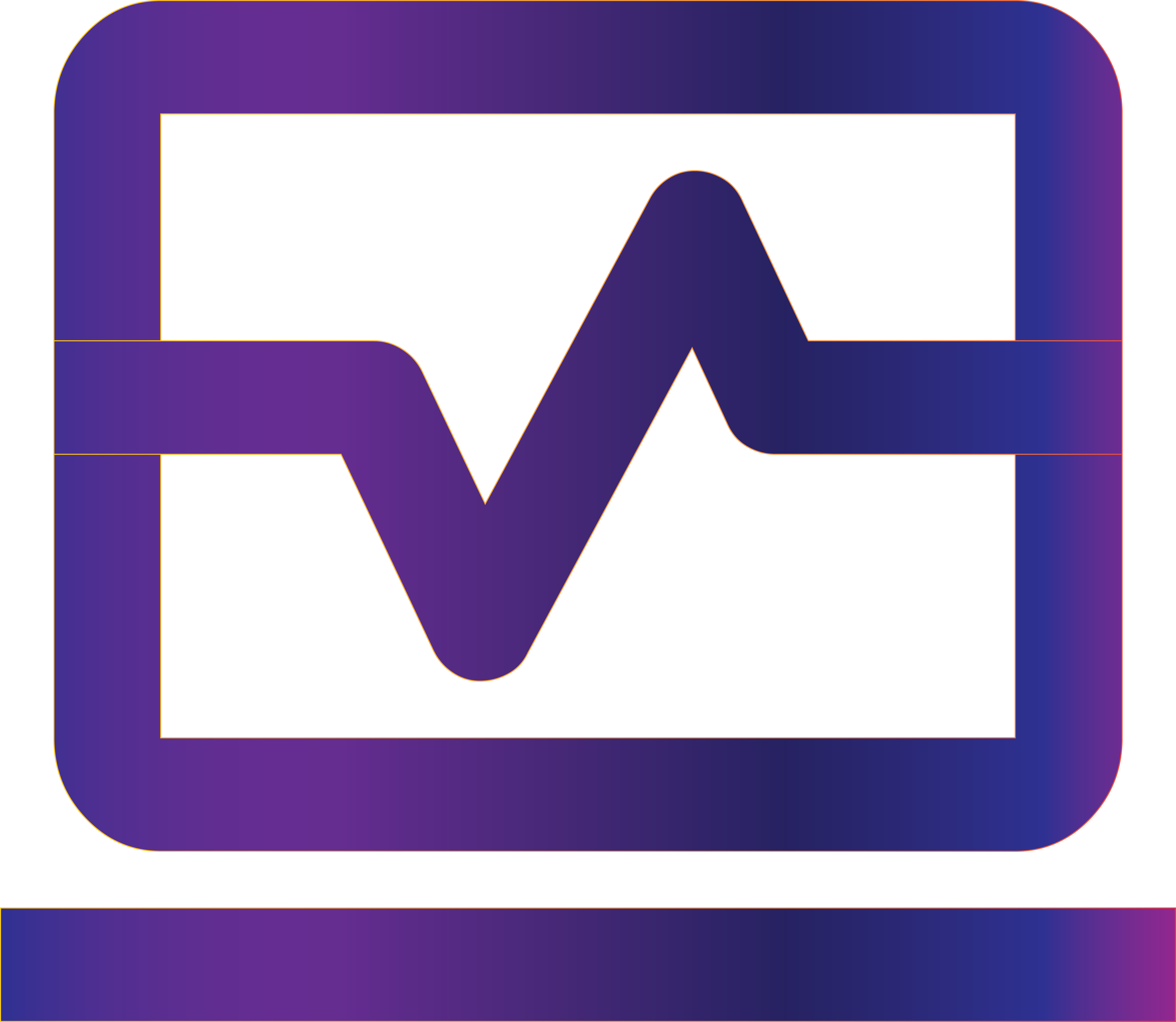
The Complete Guide to Employee Monitoring Ethics
Navigate the complex landscape of employee monitoring with our comprehensive guide to ethical practices and legal considerations.
Understanding Employee Monitoring in the Modern Workplace
Employee monitoring has evolved significantly with technological advancements. While it offers valuable insights into productivity and security, it also raises important ethical and legal questions that organizations must carefully consider.
The Legal Landscape
Before implementing any monitoring solution, it's crucial to understand the legal requirements in your jurisdiction:
United States
- Electronic Communications Privacy Act (ECPA): Governs electronic communications monitoring
- State Laws: Vary significantly - some require two-party consent
- At-Will Employment: Provides some flexibility but doesn't eliminate privacy rights
European Union
- GDPR: Strict data protection requirements
- Article 88: Specific provisions for employment data processing
- National Laws: Additional country-specific requirements
Ethical Principles for Employee Monitoring
1. Transparency
Employees should always know when and how they're being monitored. Key practices include:
- Clear monitoring policies in employee handbooks
- Written consent where required by law
- Regular communication about monitoring practices
- Easy access to monitoring data
2. Proportionality
The level of monitoring should match the business need:
- Monitor only what's necessary for business purposes
- Use the least intrusive methods available
- Regularly review and adjust monitoring scope
- Consider role-specific monitoring needs
3. Purpose Limitation
Use monitoring data only for stated business purposes:
- Clearly define monitoring objectives
- Limit data access to authorized personnel
- Avoid using data for unrelated purposes
- Regularly purge unnecessary data
Best Practices for Ethical Monitoring
1. Develop Comprehensive Policies
Create clear, detailed policies that address:
- What data is collected and why
- How data is stored and protected
- Who has access to monitoring data
- How long data is retained
- Employee rights and appeal processes
2. Focus on Productivity, Not Surveillance
Frame monitoring as a productivity tool rather than surveillance:
- Emphasize benefits to employees (time management, work-life balance)
- Provide employees access to their own data
- Use data for coaching and development
- Avoid punitive use of monitoring data
3. Implement Privacy Safeguards
Protect employee privacy through technical and procedural safeguards:
- Encrypt all monitoring data
- Use role-based access controls
- Regular security audits and updates
- Anonymous or pseudonymized reporting where possible
Common Monitoring Scenarios and Ethical Approaches
Remote Work Monitoring
With remote work becoming prevalent, monitoring practices must adapt:
- Do: Focus on work output and productivity metrics
- Don't: Monitor personal activities or non-work applications
- Consider: Time-based monitoring during work hours only
Security Monitoring
Balancing security needs with privacy rights:
- Do: Monitor for security threats and policy violations
- Don't: Store personal communications unnecessarily
- Consider: Automated threat detection with human review
Performance Monitoring
Using monitoring data for performance evaluation:
- Do: Use objective metrics for fair evaluation
- Don't: Rely solely on monitoring data for decisions
- Consider: Combining monitoring data with other performance indicators
Building Trust Through Ethical Monitoring
1. Employee Involvement
Involve employees in the monitoring program design:
- Seek input on monitoring policies
- Address concerns and questions openly
- Regular feedback sessions on monitoring practices
- Employee representation in monitoring committees
2. Regular Reviews and Updates
Continuously evaluate and improve monitoring practices:
- Annual policy reviews and updates
- Regular assessment of monitoring effectiveness
- Adaptation to changing legal requirements
- Technology updates and privacy enhancements
3. Training and Communication
Ensure all stakeholders understand monitoring policies:
- Regular training for managers and HR personnel
- Clear communication to all employees
- Updated onboarding materials
- Accessible policy documentation
Technology Considerations
Choosing Ethical Monitoring Tools
When selecting monitoring software, consider:
- Privacy-by-design features
- Granular control over data collection
- Strong security and encryption
- Compliance with relevant regulations
- Vendor transparency about data practices
DeskTraker's Ethical Approach
DeskTraker is designed with privacy and ethics in mind:
- Transparent data collection practices
- Employee-accessible dashboards
- Configurable privacy settings
- GDPR and privacy law compliance
- Focus on productivity insights, not surveillance
Conclusion
Ethical employee monitoring is not just about legal compliance—it's about building trust, respecting privacy, and creating a positive work environment. By following these principles and best practices, organizations can harness the benefits of monitoring technology while maintaining employee trust and engagement.
Remember, the goal of employee monitoring should always be to support employees and improve organizational performance, not to create a culture of distrust or micromanagement.
Tags:
DeskTraker Team
Expert in productivity tracking and employee monitoring solutions. Helping businesses optimize their workflows and boost team performance.
